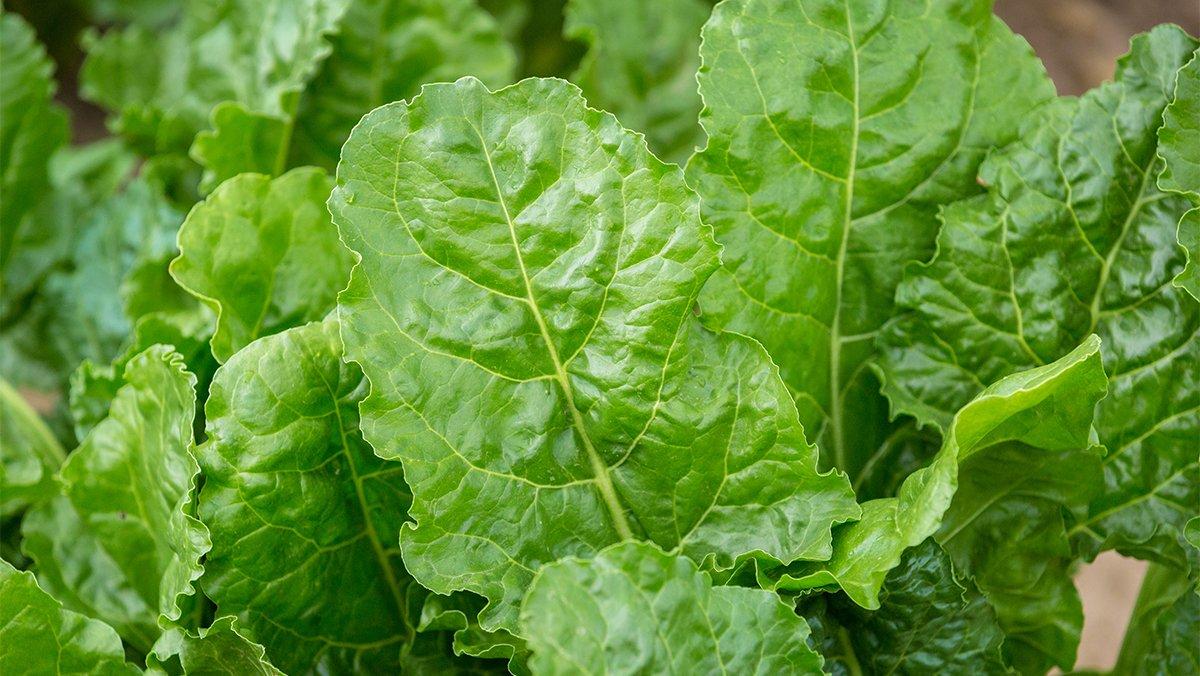What's Your Preferred Food Plot Seed Option for Wildlife
While it isn't common knowledge, beets are big in the United States. They comprise a large portion of our agricultural output each year. They're grown for many different uses. But our favorite use is for drawing in and feeding white-tailed deer.
The high level of sugar (upward of 20 percent sucrose) found in sugar beets is highly sought after by deer — especially in the fall and winter when they're building up fat stores. Planting this in spots that traditionally harbor a lot of deer in November, December and January can be a great way to hold even more deer.
Beets can reach weights of 2.5 to 3 pounds with good stands. Weights of 1.5 to 2 pounds are more common. Planting a few acres of this provides excellent forage for deer. They not only benefit from the leafy plants but also consume the roots. Feeding on this food source in two stages provides more food than many other food plot options.
How to Plant
Begin by taking a soil sample. You need a soil pH range of 6.0 to 6.7 to grow beets well. While waiting on a soil sample, spray your food plot for weeds and unwanted vegetation. Once you have the soil test results, spread lime and fertilizer accordingly. Lime as early as possible with a gap between application and planting, though.
Next, work the ground. A properly prepared seedbed is important. Plow first if you like. But certainly, run a disk over the ground until standing vegetation is no longer visible.
If broadcasting, plant at a rate of 9 to 10 pounds per acre. If drilling, plant at a rate of 7 to 8 pounds per acre.
Don't plant seeds any shallower than ½ inch or deeper than 1 inch. It is paramount to run a cultipacker or heavy drag over beet seeds to make sure they are adequately pressed into the soil.
Where to Plant
Beets can be planted in a wide range of soils. However, they do best in well-drained, loamy soil. It also needs to be fairly loose without major objects that could obstruct root growth. They grow better in the North because both daytime and nighttime highs are best-suited for optimal beet growth. But they can be grown fairly well in the northernmost regions of the southern states.
When to Plant
It takes approximately 90 days to reach maturity. It's important they reach maturity prior to the first frost. Plant in late spring on into summer in the North. You can sometimes get away with late summer and early fall plantings in the South.
Don't Miss: 13 Reasons You Have Bad Fortune with Food Plots
Are you a hunter wanting to learn how to accomplish your goals? Check out our stories, videos and hard-hitting how-to's on food plots and land management.








